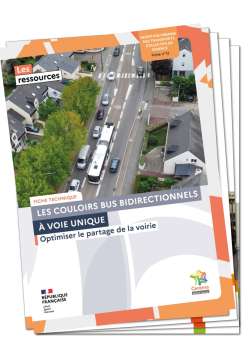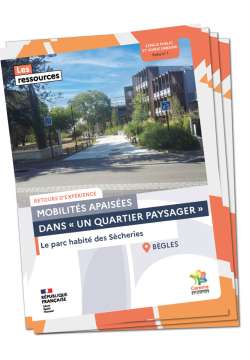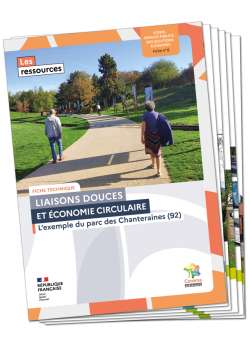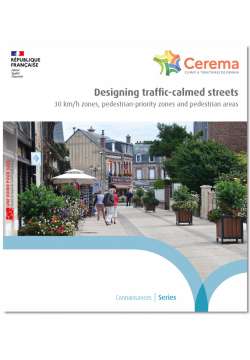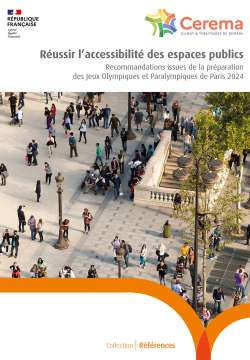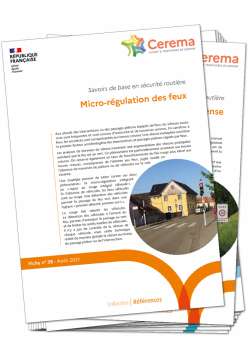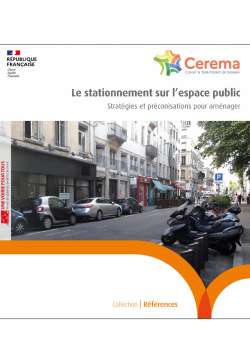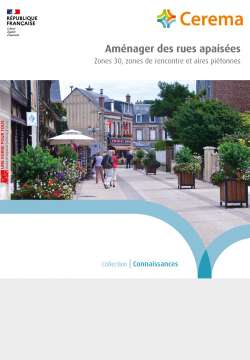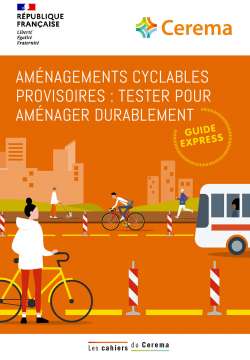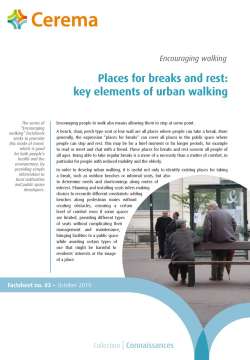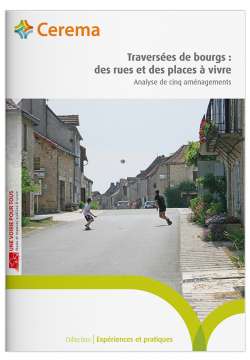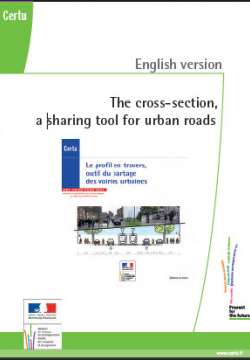
The cross-section, a sharing tool for urban roads
Traduction de l'ouvrage « Profil en travers »
Urban roads are characterised by the multiple functions they fulfil : they carry vehicular traffic, provide car parking, accommodate pedestrian traffic, and enable us to access shops, amenities and housing.
Urban roads are characterised by the multiple functions they fulfil : they carry vehicular traffic, provide car parking, accommodate pedestrian traffic, and enable us to access shops, amenities and housing. And yet the car has progressively taken over more and more of the available road space, at the expense of other road users. Today, in response to social and environmental demands, public policy seeks to give priority to other forms of travel, such as cycling, walking and public transport, by controlling car use more effectively. How should streets be organised in order to accommodate all these uses ? How can different transport modes and the various needs of residents and other users be reconciled ? How should the available space be shared out ? Of course, there is no single answer to these questions : each individual street must be considered on its merits and according to the importance of its different functions. With this in mind, this work provides road designers with techniques and tools to help them successfully ration urban road space while maintaining a « unifying » approach. In this guide, the reader will find all the recommendations necessary to create variable cross-sections and their constituent elements : footpaths, carriageways, dedicated spaces for cyclists and public transport, separators, and vegetation.




